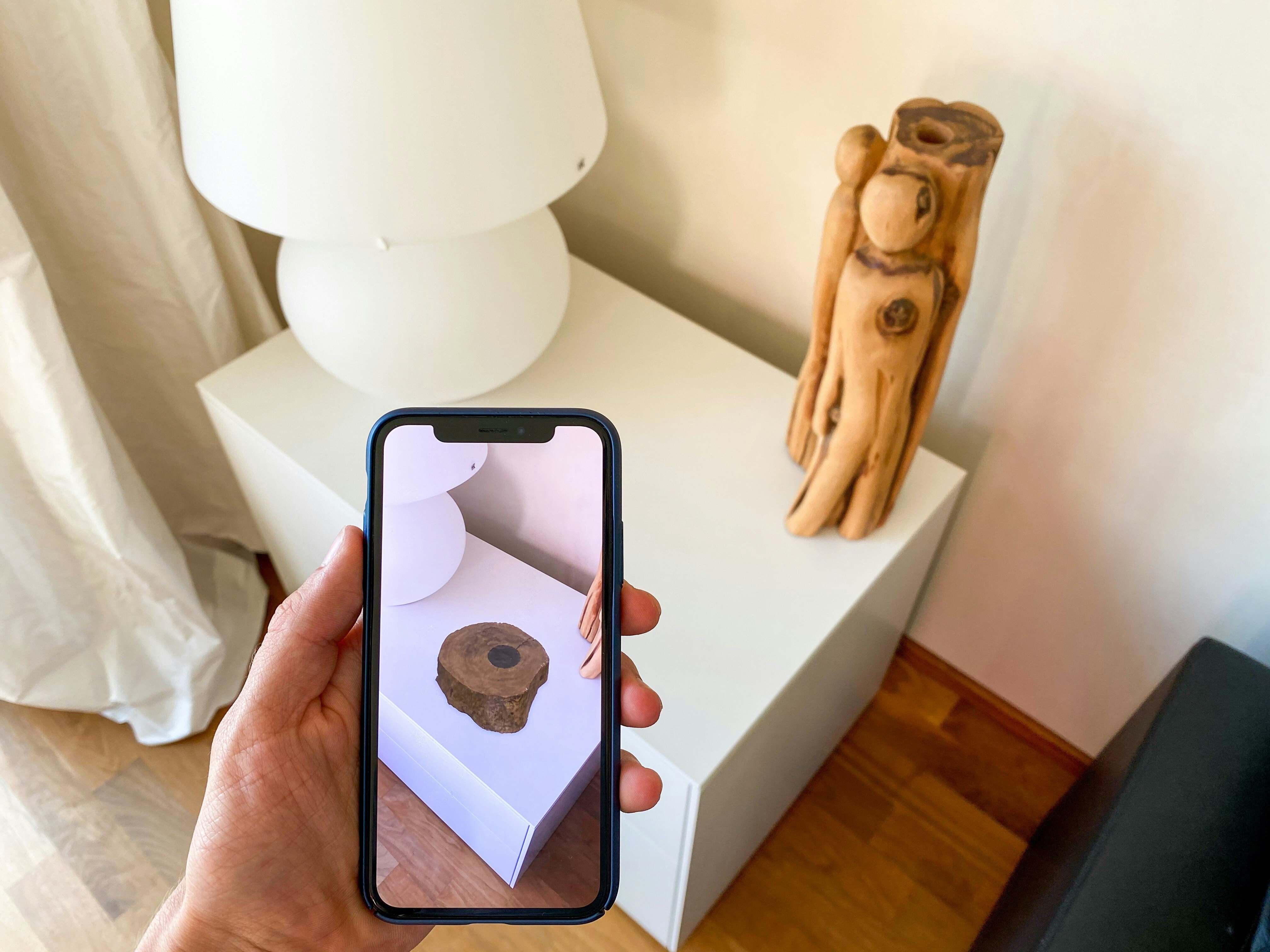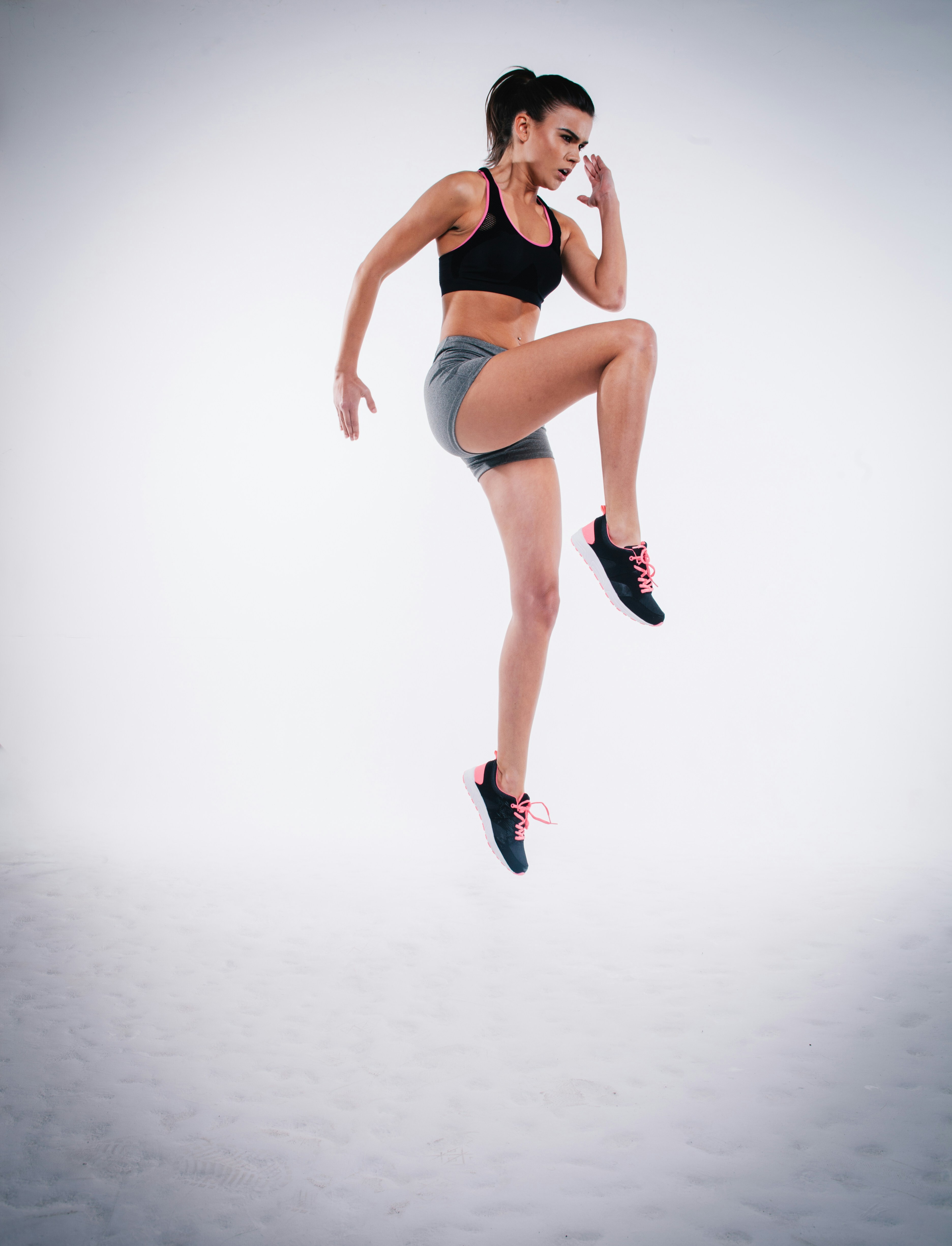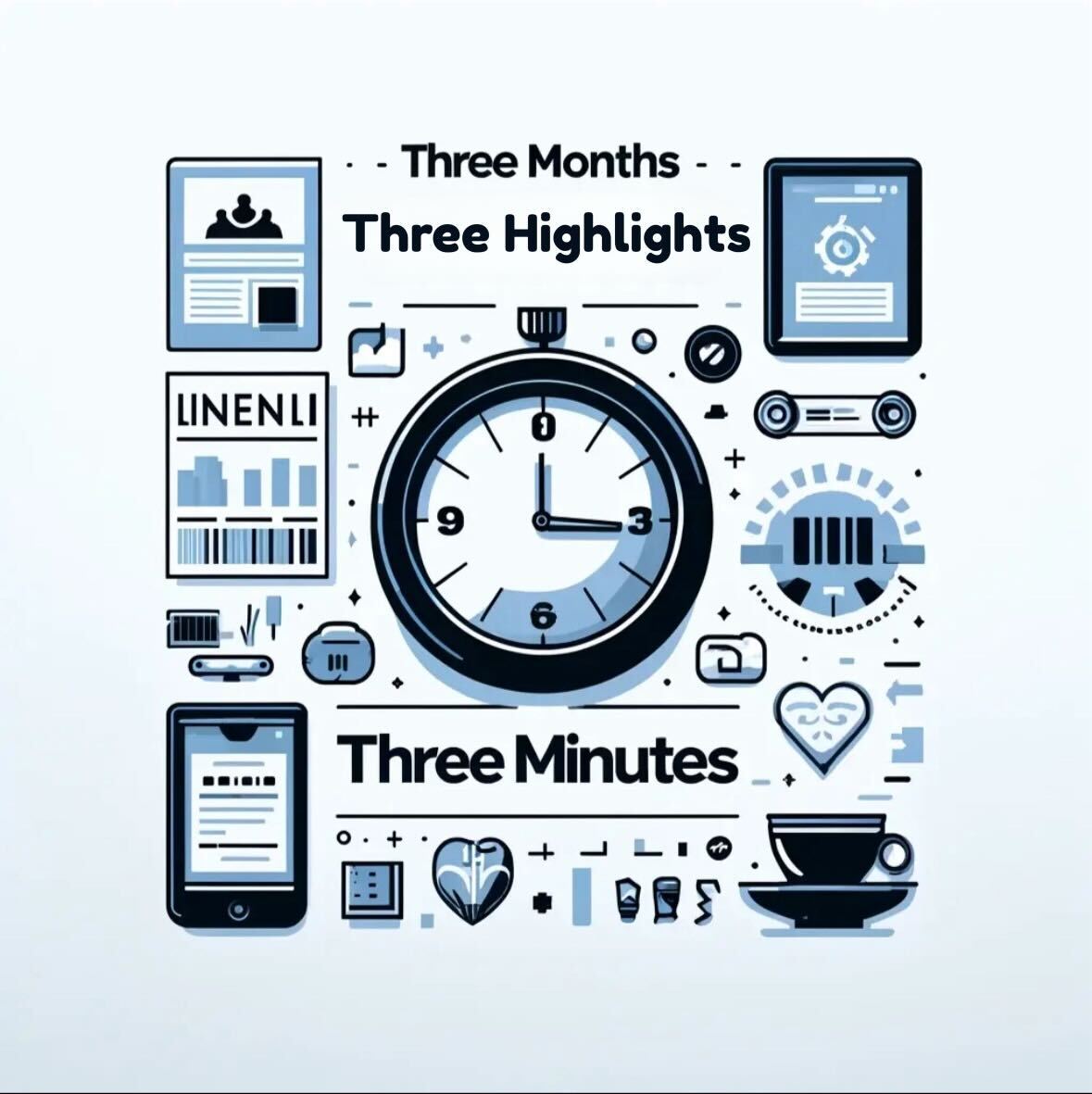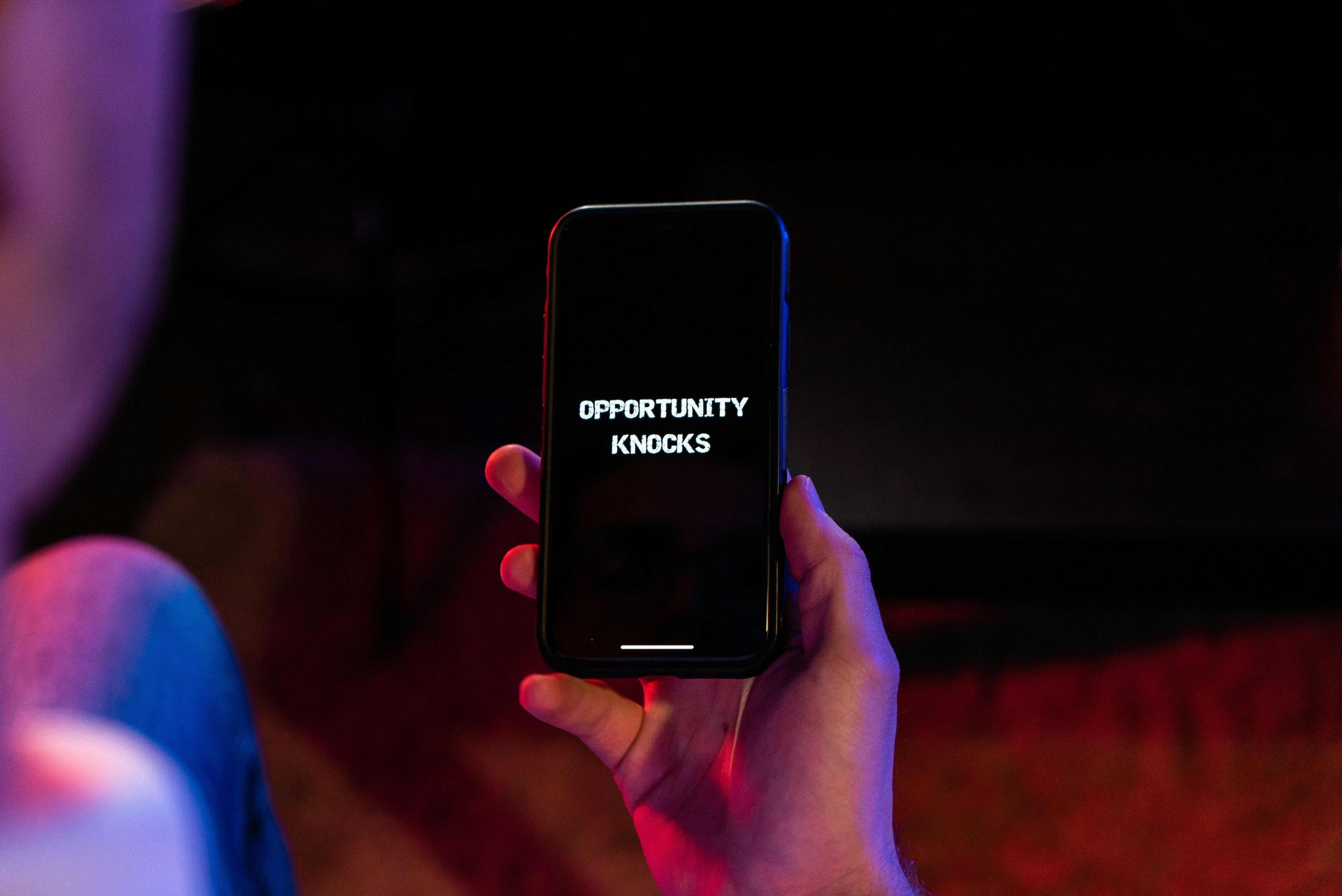Ever ‘tried-on’ an item of clothing online? Then, you’ve seen the game-changing potential of Augmented Reality (AR) for online marketplaces.
According to the Wall Street Journal, a third of consumers currently use AR while shopping and 71% say they'd shop more frequently if AR was available. AR also increases conversions, minimises returns and leads to happier customers, so it’s no surprise that online marketplaces have been investing heavily in their AR offerings.
Here’s what brands need to know.
What is the difference between AR and VR?
Augmented Reality (AR) and Virtual Reality (VR) are often spoken as ‘one’, but their functionality is very different. AR ‘augments’ reality by adding digital elements to the real world (i.e. your face with sunglasses superimposed) while virtual reality is a complete immersive experience away from the real world (i.e. an artificial version of you with a virtual outfit).
As VR requires specialised hardware, such as headsets or glasses, it’s far less accessible and portable than AR which only requires a smartphone. As such, AR is making the biggest splash on marketplaces.
3 main benefits of AR on marketplaces
More conversions
AR is the digital equivalent of ‘try before you buy’. This functionality not only attracts more customers to your online product listings, but showing if a lipstick shade or jacket suits a particular customer also increases the likelihood of a purchase (Shopify found AR advertised content saw 94% higher conversion rates). What’s more, AR can be used like a digital catalogue or specs sheet to answering customers’ common purchase doubts (i.e. TV dimensions alongside a visual image of the TV in their sitting room).
Less costly returns
Returns cost time and effort. As AR provides customers with all the information they need pre-purchase (i.e. they can visualise if the red curtains look good in their bedroom or can see a blue coat in 3D), they’re less likely to find the delivered product doesn't match their expectations and want to send it back. Half (49%) of UK online shoppers returned items last year, but using AR should reduce that rate.
Happier customers
Happy customers are the key to repeat purchases. From delivering a fun and immersive shopping experience to increasing the chances of making the right purchase, AR increases customer satisfaction along the buying journey. What’s more, you can use AR for interactive user manuals (i.e. to help set-up a flatpack item) and show your value post-purchase.
Which marketplace sellers will benefit most from AR?
AR has the potential to improve the shopping experience for a wide range of industries, but there are three types of marketplace sellers whose products are ideally suited to AR’s technology.
Furniture
Be it lining up the mattress on top of your bed frame or checking the table’s colour fits your kitchen, furniture selling - both for home and garden - is revolutionised by AR. For instance, furniture brand Burrow employs an AR programme to produce 3D-to-scale models of their sofas for customers to ‘put’ in their living space before purchase and IKEA enables its iphone app users to design whole rooms using a combination of AR and Apple’s LiDAR sensors.
Unsurprisingly, furniture-oriented marketplaces have been quick to follow suit. For instance, Wayfair, the world’s largest homeware-only marketplace with 22 million active customers and 40 million+ products, has rolled out a "View in Room 3D" feature which lets mobile users visualise listed items in their own space.
Cosmetics
The health and beauty industry has previously faced a backlash for using models that don’t look like customers - be it in terms of body shape, skin tone or facial features. But with AR, consumers can use their real selves as models to see if lipsticks, mascara, foundations or skincare suit their individual forms. In fact, AR is so well-suited to beauty purchases that 43% of smartphone shoppers expect beauty brands to use AR.
For example, Clinique offers skincare analysis via an app, Maybelline’s Virtual Loft enables customers to try out products in places like its ‘shade studio’, and health & beauty marketplace Sephora (owner of Feelunique) provides a Virtual Artist, which gives customers a virtual makeover with facial recognition software. Even Amazon uses AR at its London hair salon - allowing customers to dye their hair pink virtually and then do the real thing.
Fashion
Like cosmetics, ‘virtual fitting rooms’ are now expected across a range of fashion sites - simply scrolling through endless thumbnail pictures of jeans doesn't cut it any more. Now, you can try on clothes virtually and see if garments fit your exact body type and shape using the AR abilities of fashion marketplaces like Asos’s ‘see my fit’ app’.
Of course, some fashion items are better suited to AR than others - it’s easier to try on a new hat or sunglasses than get the virtual feel for a new shoe - but with rapid developments in the AR fashion space, it won’t be long until we’re walking in virtual boots.
The AR revolution
It’s not just furniture, cosmetics and fashion that AR benefits. Amazon recently partnered with Hexa, a 3D visualisation company, to create virtual 360º images for its products, making it easier for customers to visualise items ranging from trampolines to strollers. As such, all marketplaces sellers should start thinking about their AR strategy.






Blog Comments